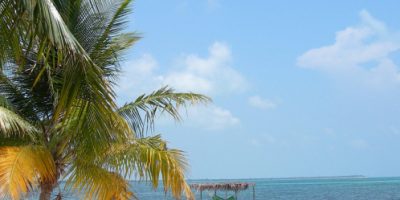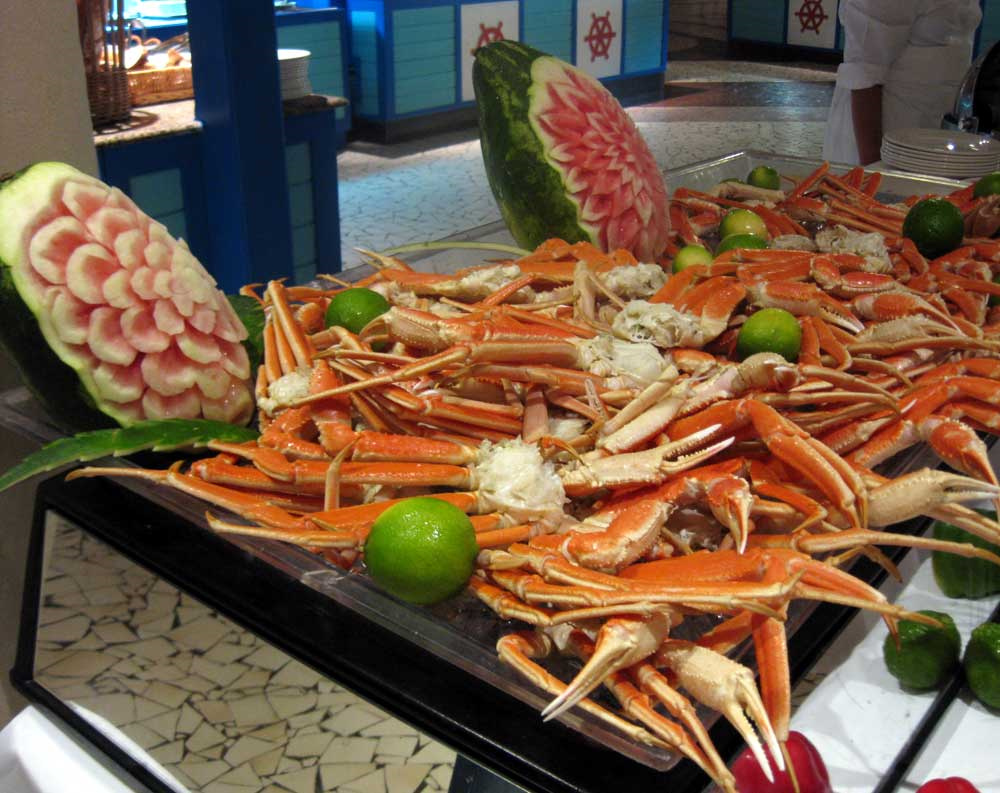 The Caribbean country, the Republic of Cuba consists of Isla de la Juventud, some adjacent small islands, and the island of Cuba, which is the 2nd most populous island in the Greater Antilles.
The Caribbean country, the Republic of Cuba consists of Isla de la Juventud, some adjacent small islands, and the island of Cuba, which is the 2nd most populous island in the Greater Antilles.
Cuba, whose capital city is Havana, is found in the northern part of the Caribbean islands and is south of the eastern US, east of Mexico, west of the Caicos and Turks and north of Jamaica and the Cayman Islands.
Etymology of Cuba
“Cuba” is actually based on the Taíno language, which is from a term that may have an unclear message either translating to coabana meaning “great place” or cubao meaning “where fertile land is abundant”.
Climate and Weather
Generally, like any other island in the Caribbean, Cuba has a tropical climate, although the island is often visited by trade winds. From the months of November to April, the season is dry and a lot hotter than from May to October when some rain showers happen
From September to October, hurricanes are common in Cuba due to the fact that the temperature is warm and that the island sits across the Gulf of Mexico.
Economic Resources
Nickel is probably the most important mineral economic resource of Cuba. In fact, Cuba has the 2nd largest reserves for Nickel in the entire world, only one step down from Russia. Another popular mineral resource in Cuba is cobalt, which is a by-product of nickel production.
Recently, oil was explored in the Northern Cuba, and they estimated that it could produce around 4.6 billion up to 9.3 billion barrels. It was in the year 2006 when Cuba began to test-drill the North Cuba Basin for possible oil utilization.
Population
Cuba has more than 11 million residents coming from different ethnic backgrounds and cultures like the Ciboney and Taíno.
Cuba’s population has multifaceted origins, perhaps due to the fact that intermarriage among diverse ethnic groups is most common. On the demographic profile of Cuba, it is seen that immigration and emigration has a huge effect in the 20th century.
The White Cubans that make up approximately 65 percent of the population is primarily from the different Spanish nations who have diverse ethnicity.
The population of Cuba also consists of people that are non-Cubans. In addition, its population is also made up of some thousands of North African young refugees.
Cuban Tourism
Cuba, being part of the Caribbean islands, and the largest one at that, is becoming increasingly famous as a destination for travelers and worldwide vacationers.
Cuba’s history was full of unique events and the tourist attractions that the country offers mirror this together with how Cuba is today. Cubans are also friendly in nature, which is why most tourists love to come back for more of what the country has to offer. And of course, who could forget the immaculate beaches that Cuba boasts of? Side by side Cuba’s hot music scene, the vacation spots in Cuba are truly a unique experience altogether to travelers from all around the world.



